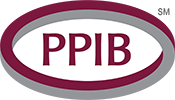There seems to be a prevailing belief in the professional services world that if you are good at what you do, you don’t need insurance. You can be as careful as you possibly can, you can be excellent in your field, you can cross all of your T’s and dot all of your I’s, but you cannot account for Human Nature, nor Mother Nature.
For permanent cosmetic professionals specifically, there are 4 areas that fall into this category, the first of which is personal preference. Let’s say you’ve been in this field a long time, you’ve done a beautiful job of blending the right pigment, applied two eyebrows fit to the woman’s face, and sent her home feeling great about herself. But when she arrives home, her significant other takes one look at her and tells her they doesn’t like it. Everyone has their own personal preference. There is no getting around that. The moment that someone very important in the woman’s life criticizes her, she may start to second guess herself. She will find fault with the work done, and come back to complain that it was you that made a mistake. When a refund isn’t enough, your professional liability insurance comes into play. It is there to defend you even when the claim may not seem valid, as long as the policy covers cosmetic injury.
The second type of circumstance is unpredictable. Unless you are going to start duct taping clients in place, you cannot control their body movements. A couple of years ago, a permanent makeup technician was performing a procedure and needed a little more light. The client was on a rolling table and when the technician moved the “bed”, the client went in a different direction and ended up hitting the wall. While the injury seemed minor at first, it turned out that the client had fractured her spine. This resulted in significant medical bills and loss of income, as the client can no longer work in her profession. One split second of a decision ended up with a $1,000,000 claim payout. Even the most reserved of humans have made a decision that they immediately realized was not the wisest. Whether your insurance company rules this a professional liability claim or a general liability claim, the bottom line is this is not something you want coming out of your own pocket.
A third issue involves MRSA. As some of you that also work in the medical field know, MRSA, otherwise known as a Staph Infection, is running rampant throughout this country. What has become apparent is that if you have opened up your skin, you can pick up the MRSA bacteria just about anywhere, at your child’s soccer game, at the park when a friendly dog licks your hand, or at a concert. The issue is that once you’ve become infected, you likely don’t know where it actually came from, but you most certainly remember the last person to open your skin. What if that last person was you? Even if the studio you work out of is as sterile as a surgeon’s table, it costs money to prove that. Some insurance policies will defend against this type of allegation and pay for the testing of your facility, as well as pay for medical bills if any contamination is found.
Finally, the fourth instance involves Mother Nature. Property coverage is something that many starting their career choose to skip out on to keep their insurance costs at a minimum. This coverage can include your business personal property such as machines, pigments, furniture, computers, and décor. Even more importantly, it covers your loss of business income because of a fire, theft, wind storm, vandalism, etc. Take for example those currently on the East Coast that were affected by Super Storm Sandy. The 90 mph winds blew the roof off the studio they are working out of. As a result, the rain came in and ruined their facility. With all of the damage done, they need to book a contractor to be able to get back up and running again. Well, so does every other business on the East Coast. It may take 60-90 days to truly be open for business again. Most people do not have the reserves built up to last for 3 months without their normal income. Property coverage can include the cost of ongoing expenses and lost profit during the time your business is shut down, which suddenly becomes a bargain to pay an average of $20 to $50 a month for.
When a business owner realizes that the unexpected is truly quite a common occurrence, the true value of insurance is understood.

